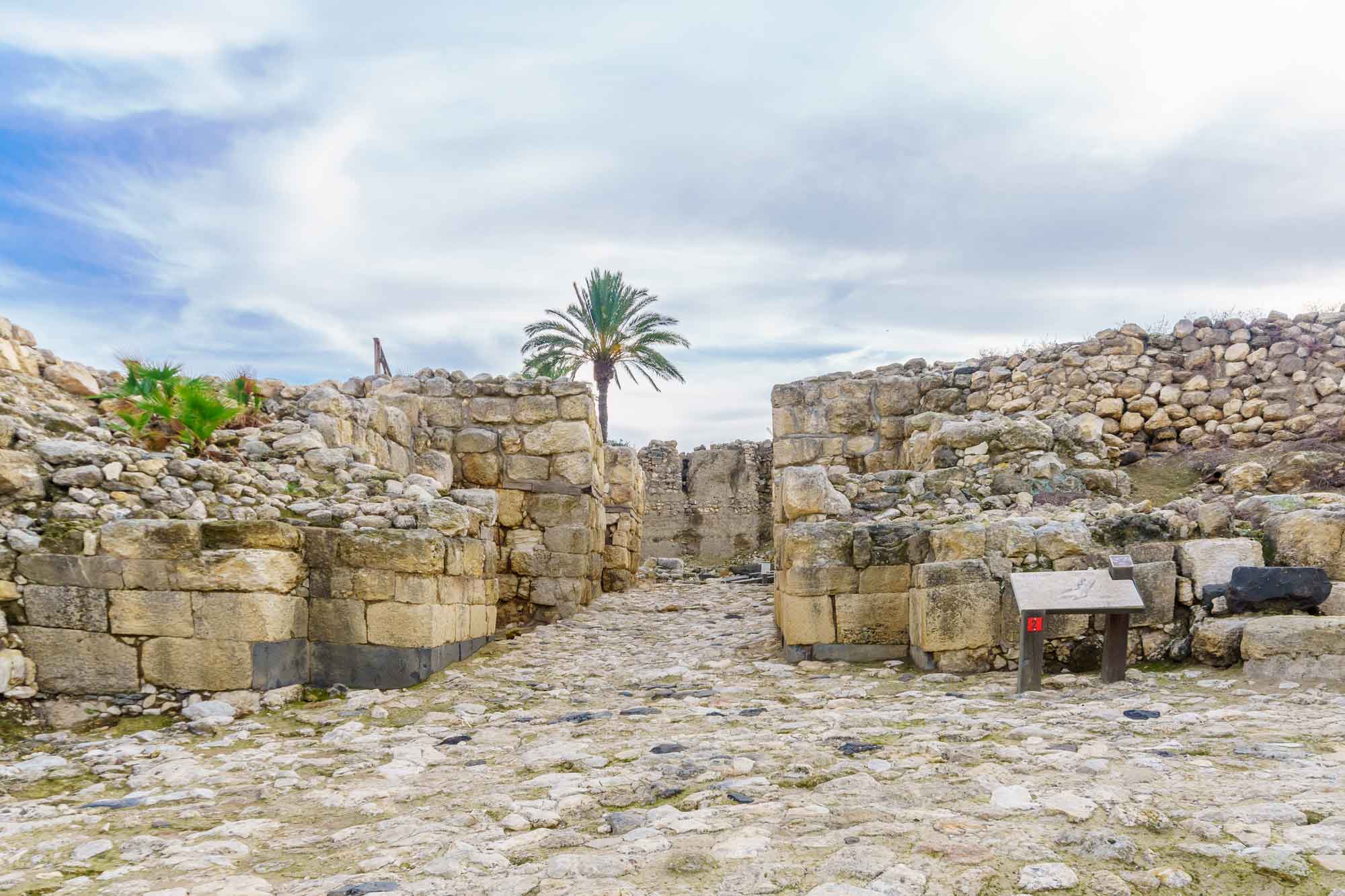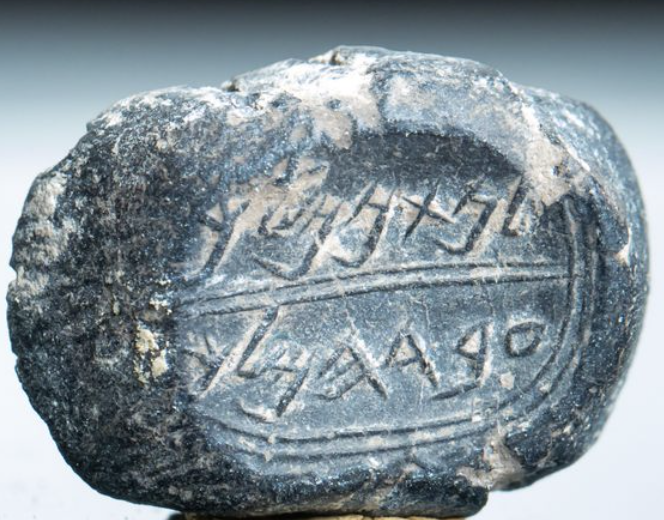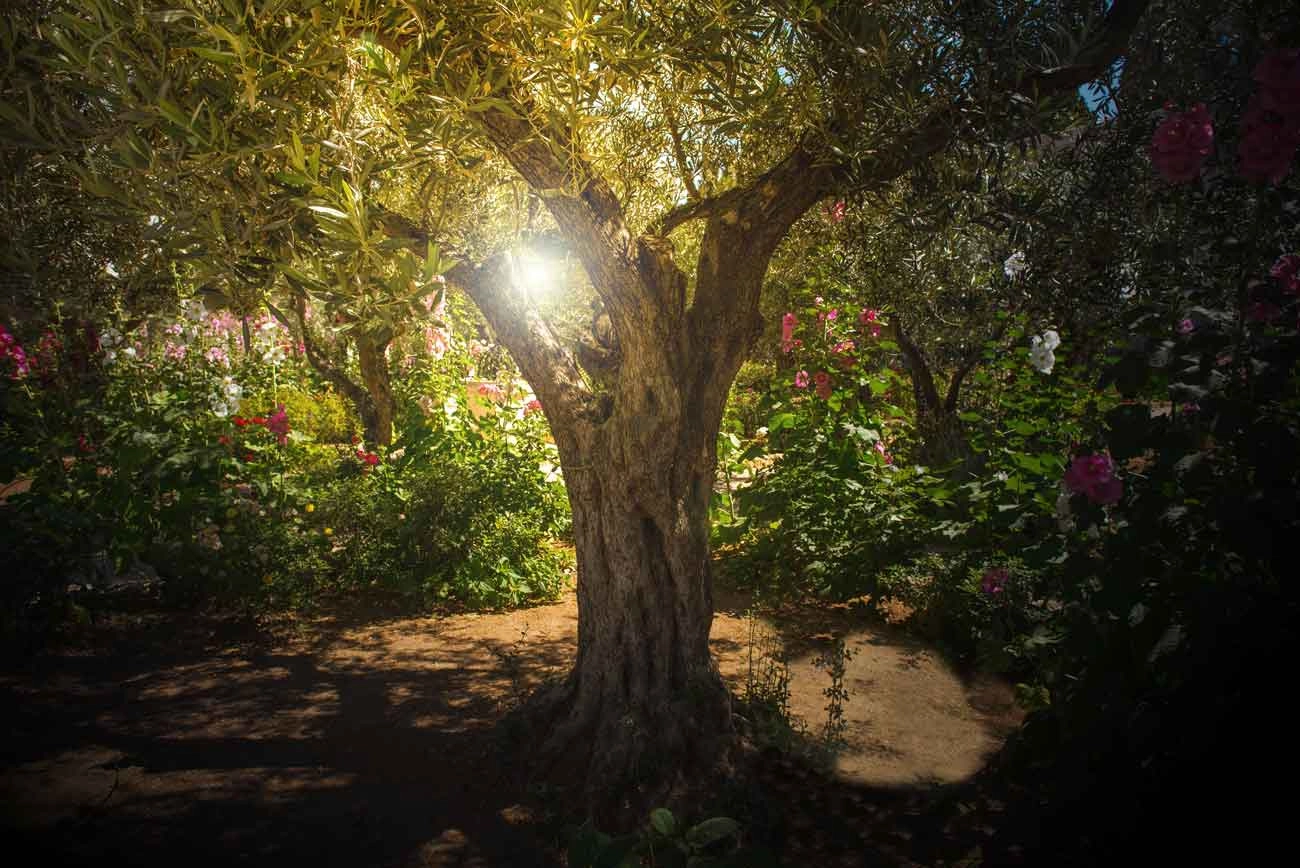Israel is a land of deep history, and has been called the “center of the world”. No matter one’s beliefs, Israel’s importance in world history can’t be understated. Even UNESCO, who has not always been a great supporter of Israel, has listed several spots in Israel as World Heritage sites.
What is a World Heritage Site?
A World Heritage site is a site that has been deemed to have signifiant cultural and historical value that should be protected for future generations to preserve the history of man. There are 981 of these sites in 160 countries.
In Israel, there are nine sites with World Heritage Site designation.
What are the World Heritage Sites in Israel?
Bahia Gardens- The Bahia Gardens are located in Haifa and Acre. These elaborate gardens and facilities are part of the Bahia faith, a religion that began in the 19th century. While their beliefs are not part of the Biblical history of Israel, the beauty of the grounds can not be denied.
Tel Megiddo – Megiddo, a tell along the valley known as Armageddon, is one of the most fascinating sites in all of history. The area has been excavated multiple times and it is found that there are at least twenty layers of civilization dating back to the Neolithic era. The first battle ever recorded on earth happened in this valley in the 15th century BC. It is prophesied that the final battle will also take place here. One of the oldest Christian churches has also been discovered here, dating back to the third century. There is perhaps not a piece of land that has been connected to so many world events, and world-known historical figures. It’s truly a World Heritage Site.
Tel Hazor- Hazor was one of the mightiest fortified cities in all of the Levant. Hazor is a major location in much of the Old Testament. When you visit these ruins, you will see a six-chambered gate, and this gate also is seen at Megiddo and Lachish and is often attributed to King Solomon.
Tel Beer Sheva- As the archeological site of the ancient city of Beer Sheba, this site is rife with historical intrigue. This town is mentioned over thirty times in the Bible. Of it’s rich discoveries, the first horned alter ever and a well preserved ancient water system are among its most exciting.
Incense Route= The Incense Route is the ancient trade routes in which the highly valued incense such as frakensense and myrrh were transported. These routes brought up cities along its path and shows how harsh areas were settled for needs along the way.
Masada- The mountain top fortress built by King Herod the Great is as iconic as it is breathtaking. Not only did the site hold history of the last stand of the Jewish Revolt, but it holds impressive engineering feats including a water system that took water to the top of the mountain in a desert and a snake trail that helped keep the fortress city protected.
Old City of Acre- The Old City of Acre is not only a wonderful ancient city dating back to the Phoenician period but also has a nearly intact Crusader buildings and infrastructure still standing.
White City Tel Aviv- If you spend the around certain areas of Tel Aviv, you may notice that many buildings are while and look very similar. These buildings are not an ancient world heritage site in Israel, but instead a much more modern site. What makes these so special? When Nazism rose in Europe, many Jews fled to British Mandate Palestine. With them, they brought the architectural styles popular at the time, including what was known as “international style” or “Bauhaus”. There are over 4000 buildings in Tel Aviv that fit this style, making it the city with the most in the entire world, as Tel Aviv was built almost exclusively in this style at the time. The Israeli spin on this European style? The white color. To deal with the heat, they were painted white. It is recognized for being a prime example of modern city planning.
The Nahol Me’arot and Wadi el-Mugarah “The Carmel Caves”- These caves in Northern Israel have shown evidence of pre-historic humans. They show signs one of the earliest burials known.
Maresha Caves and Beit Guravin Caves – These caves are not normal caves, created by time and weather, but instead are examples of Man learning to harness resources and make underground systems.
Necropolis of Beit Sha’rim- After the failed revolt, Jews had to be buried outside of Jerusalem. A detailed necropolis was built in the Jezreel Valley, and today still stands, nearly 2000 years later. This amazing structure shows Roman architecture and art.
We hope you will visit soon and visit some of these world heritage sites in Israel and many others that testify to the story of not only Man, but the story of God!







